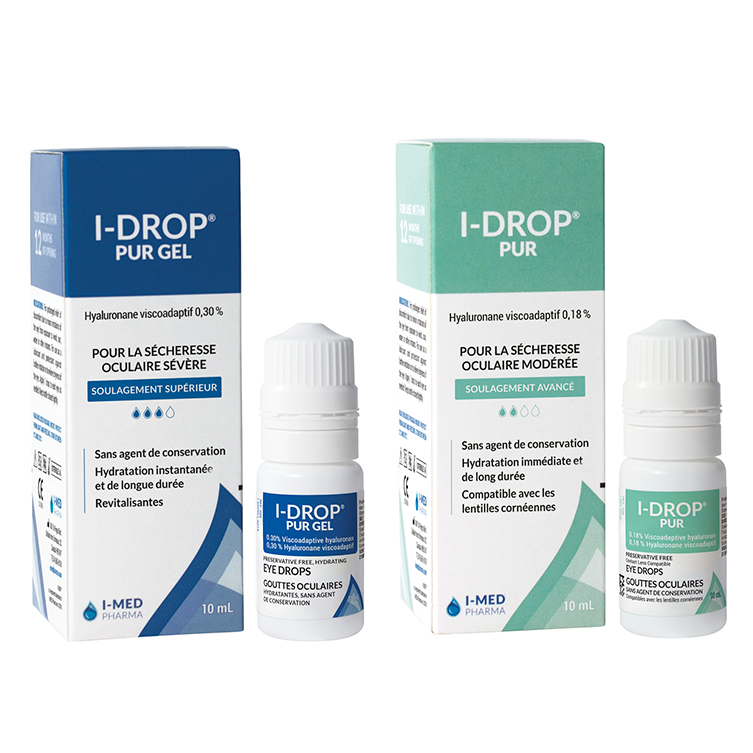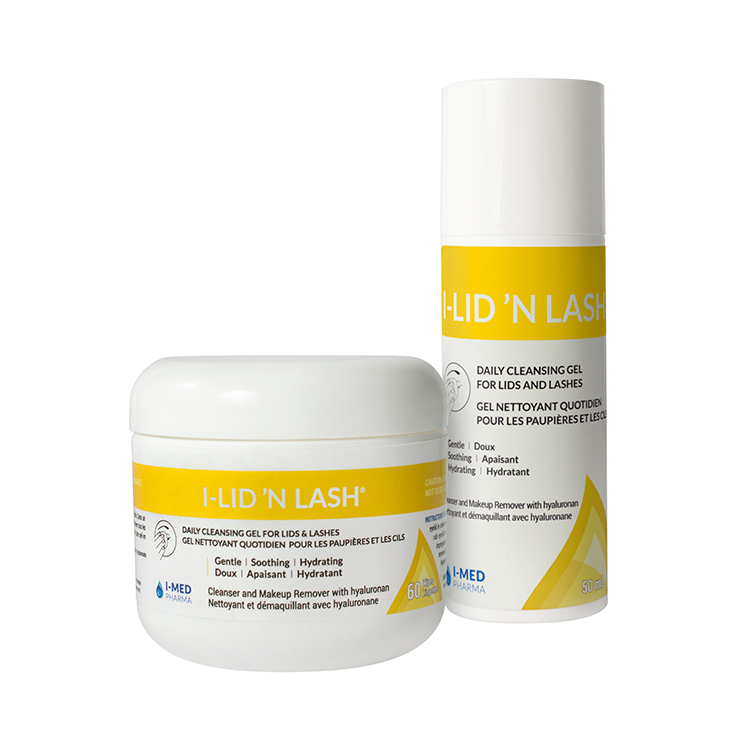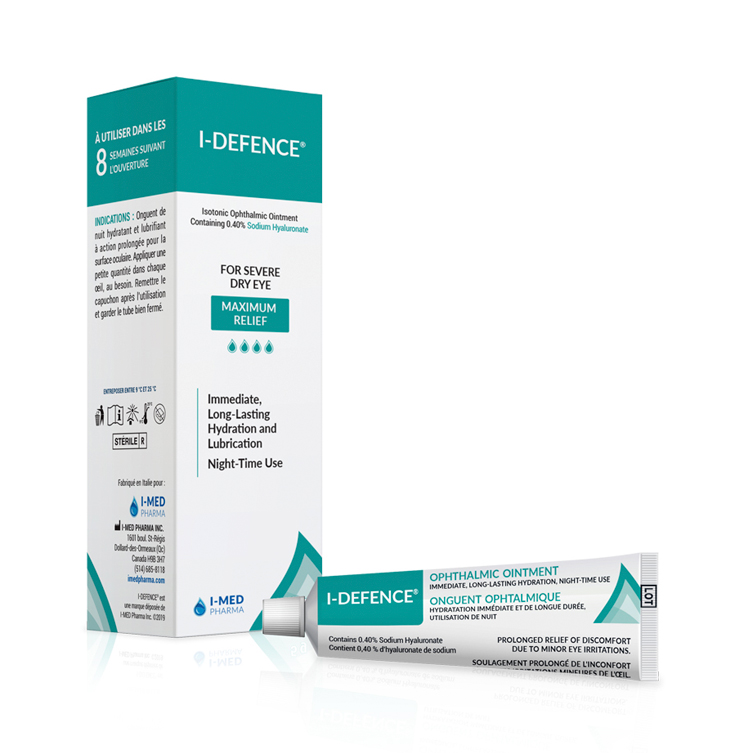Working from Home, Another Cause of Dry Eyes
Last year’s increase in screen time may be the reason more and more of our patients have been reporting the signs and symptoms associated with eyestrain. In this article, we’ll take a look at one such sign: dry eyes.
Who’s at risk for dry eyes?
The short answer is everyone. Although the main victims are people age 50 and up, you can suffer from dry eyes at any age, whether you’re glued to an electronic device for an hour a day—or ten. Sure, dry eyes can be among the plagues of prolonged staring at a screen, but there are plenty of other factors that can underlie the discomfort of dry eyes.
Dry eyes: brought to you by telecommuting?
In recent months, many of our patients have asked us if there might be a connection between remote work and dry eyes.
First off, dry eyes (or keraconjunctivitis sicca [KCS] if you prefer the technical term) occurs when your eyes can’t produce enough tears to keep themselves wet, or if the tears they do produce evaporate too quickly.
When you spend long hours staring at a screen, whether for work, school, or entertainment, you may start to feel some of the effects of KCS—itching, burning, discharge, or bouts of blurred vision.
The effects may start to appear whenever your eyes are doing work that demands concentration for a while. If your symptoms don’t occur too often, mainly when you’re involved in something that demands concentration on a screen, there are some simple exercises and healthy practices that can help.
When you’re concentrating, as in extended periods of telework, you will tend to blink less often. Every time you blink, your eyes are covered by a liquid coating that lubricates and hydrates your corneas. It’s called the tear film. If your eyes decide to blink at a slower rate, they’ll be short on lubricant and prone to KCS.
|
|
A few tricks for fighting dry eyes in telecommuter times
When KCS is linked to eyestrain, try some of these:
The 20-20-20 Rule
Sure 2020 was a year for sore eyes—not in a good way—but throw in another 20 and it can solve itself. The 20-20-20 Rule is easy to remember and easy to follow. It calls for you to pry your eyes off your screen every 20 minutes and, for 20 seconds, look at something that’s at least 20 feet away. We also recommend remembering to blink during that 20 seconds. This reminds your brain that blinking is important (the blinking reflex is diminished when you concentrate).Those little breaks throughout the day will reduce eyestrain and with it the risk of dry eyes.
The importance of being ergonomic
Besides giving your eyes a break, it’s important to make sure that the top of your screen is at eye level, so you’re looking straight ahead—not up or down—as you work. This keeps you from needlessly straining your eyes (as well as your neck and back). You’ll find more tips in our article on ergonomics for working from home.
Other causes of dry eyes
Warning! Although dry eye syndrome can be caused by eyestrain from prolonged exposure to computer screens, for some patients it can also be a more serious or chronic condition.
In fact, KCS turns out to be among the most common of all eye diseases. And because symptoms tend to be mild at the beginning, patients often ignore them until things are more serious. This means it’s often not diagnosed until the discomfort it causes becomes a real problem. Hence the importance of regular eye tests and of seeing your eye care professional if you have symptoms or visual discomfort.
Among the principal causes of KCS is meibomian gland dysfunction. Meibomian glands are found along the upper and lower eyelids. They secrete an oily substance that prevents tears from evaporating.
Aging, certain medications, overall health, hormonal changes in pregnancy or menopause, and blepharitis (inflammation of the meibomian glands and eyelids) are other factors associated with dry eyes. Watch the short video* below to learn about other reasons for dry eyes and find out what our professional recommend.
*Please note that the following video includes content in French only.
Dr. Valérie Bardier and Dr. Joël Godin, optometrists-owners of the Centre visuel Bardier Godin in Sorel-Tracy and the Opto-Réseau Contrecoeur clinic.
What treatment should I use to relieve the discomfort of dry eyes?
Once your eye care professional has arrived at a diagnosis, he or she will be able to recommend the right approach or treatment for your specific needs.
Among the treatments available for relieving symptoms and improving your visual comfort is the I-MED Pharma line of products.
Lubricants
Included in the I-MED Pharma line are lubricants such as I-DROP® viscoadaptive ophthalmic drops (artificial tears). In addition to providing long-lasting comfort and relief, these products are notable for being preservative free and requiring a minimum of daily applications for superior results and long-lasting lubrication.
In addition to artificial tears, I-MED Pharma has also developed a nighttime lubricating ointment to relieve the symptoms of dry eyes. I-DEFENCE® forms a protective layer that retains moisture to relieve irritation and the feeling of having sand in your eyes.
Hygiene and nutrition
Hygiene and healthy living can also make a difference. Here are a few examples of things you can do to enhance your visual comfort in daily life: drink water regularly, quit smoking, increase your intake of vitamins and Omega-3, and adopt a strict ocular hygiene regimen.
An ocular hygiene regime, added to an existing treatment plan, can help fight dry eyes and enhance corneal health. There’s a wide range of products available to make ocular hygiene easier, including I-LID ‘N LASH® wipes and cleansing gel, I-LID ‘N LASH® PLUS cleansing wipes, and I-LID ‘N LASH® PRO cleansing gel.
Another way to relieve the symptoms associated with dry eyes is with a therapeutic mask like the I-RELIEFTM or by applying hot compresses.
I-DROP |
I-LID'N LASH |
I-DEFENCE |
More advanced in-clinic medication and treatment
For moderate to severe cases, your eye care professionals can also prescribe certain eye medications together with another treatment for better results. It is also possible to develop a personalized plan including in-clinic treatment sessions using advanced equipment developed to relieve the discomfort and symptoms associated with KCS.
To learn more about Québec’s own I-MED Pharma, see our article on that company.
For any questions about your visual health or to find out more about the options available for fighting dry eyes, get in touch with your Opto-Réseau clinic.
- Blue light
- Ergonomic
- Eyestrain
- Light sensibility
- Redness
- Screens








